Two commonly used knives in a serving table include the butter knife and the dinner knife. This article delves into the distinctions between these two utensils.
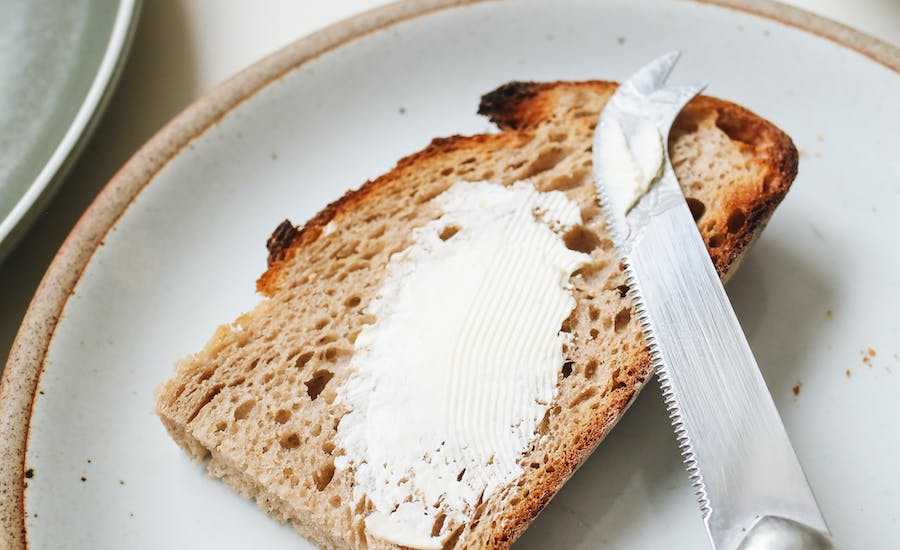
Perplexing parallels: similarities between butter knives and dinner knives
- Aesthetics. The knives are fashioned as integral components of a matching cutlery set, contributing to the overall aesthetic appeal of the dinner table.
- Dining Rituals. Both knives are integral to the dining ritual, each playing a unique role in enhancing the overall table setting and dining experience.
- Material and Construction. Both dinner knives and butter knives are made from carbon steel or other durable materials to ensure longevity.
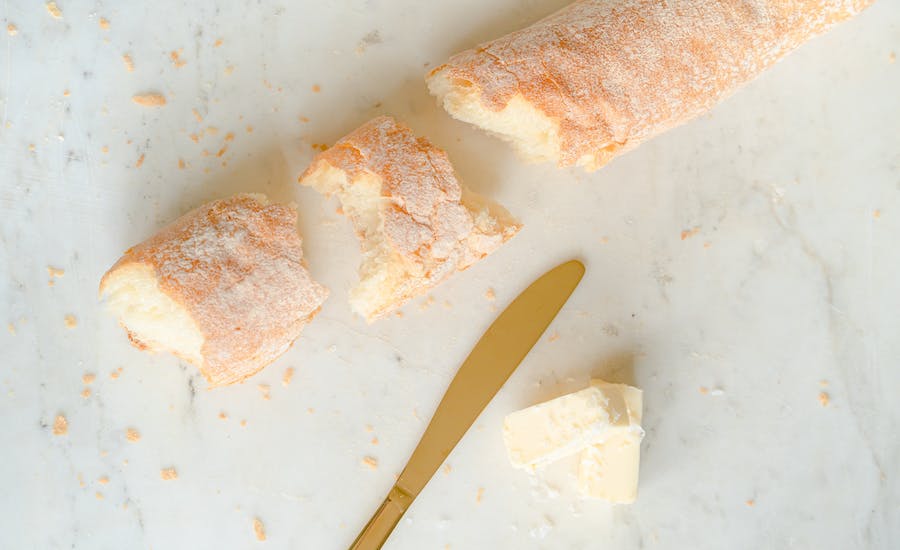
Blades of choice: unraveling the distinctions between butter knives and dinner knives
Distinguishing between butter knives and dinner knives unveils subtle yet crucial differences, each playing a distinct role at the dining table.
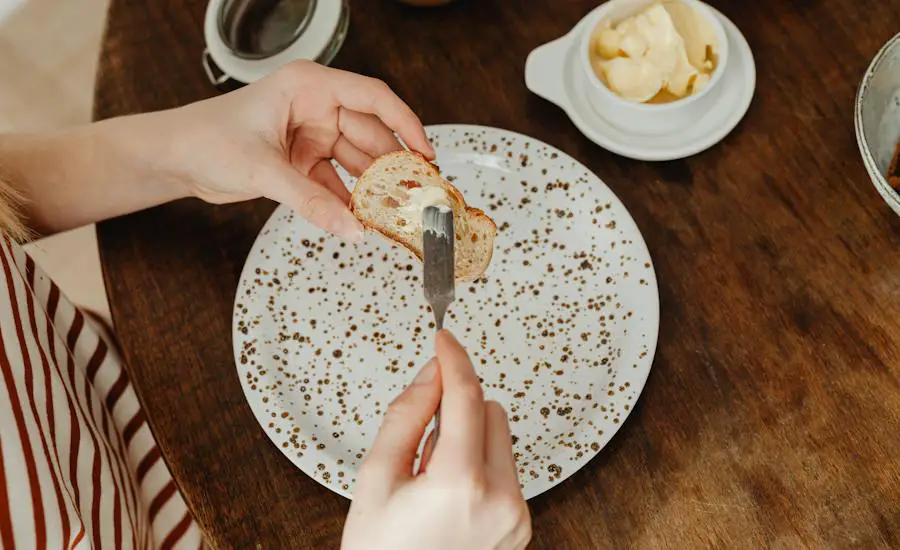
Design and application: dinner knife vs butter knife what’s the difference
The butter knife, with its flat and rounded edge, is specifically designed to spread butter and other foods on bakery goods. Its design minimizes the risk of tearing delicate baked goods while ensuring a smooth and even spread, that is why it is usually called a butter spreader.
Butter spreaders are designed with precision, their carbon steel composition and dull blade allow them to spread butter controlling the whole process.
The dinner knife exhibits a versatile design, commonly characterized by a pointed tip and a subtle slightly serrated edge.
Its main goal is cutting food, usually, it is used to cut through cooked meats and other firm dishes. The blade of a dinner knife is often longer and straighter than a master butter knife.
Dinner knives have sharper cutting edges and pointed apexs making them suitable for a broader range of cutting tasks. Nevertheless, a dinner knife is not typically used for cutting tougher meats like steak with ease, usually using a steak knife for this occasion can be a better option.
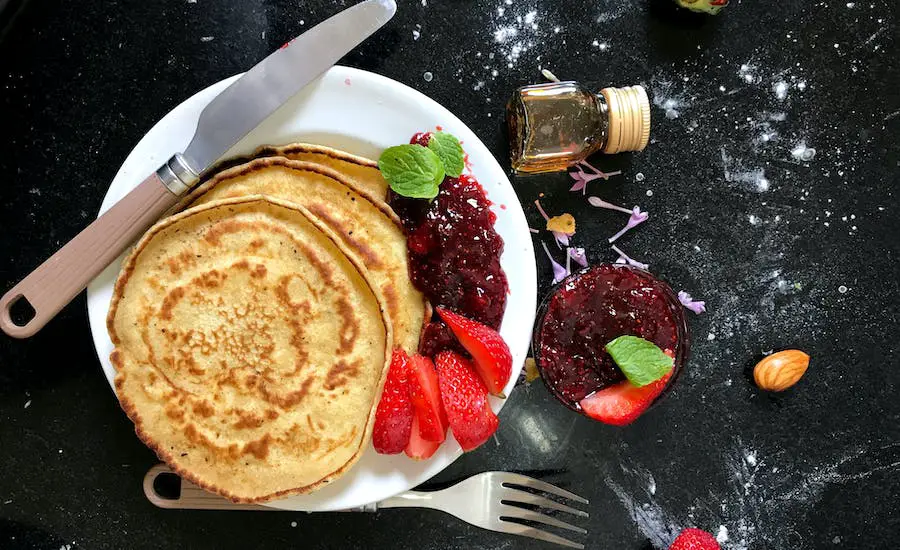
Blade composition of a dinner knife and a butter knife
Butter knife has a compact, broader dull blade with a rounded end.
The dinner knife’s blade is longer and more pointed compared to the butter knife. The blade may have serrations to facilitate cutting through meats effectively.

A comparative look at handling a dinner knife and a butter knife
Butter knives are designed for spreading, so their handles are more ergonomic to allow improved maneuverability when spreading butter. The shorter handle of the butter spreader encourages a precise and controlled motion, facilitating an even and smooth spread across bread or rolls.
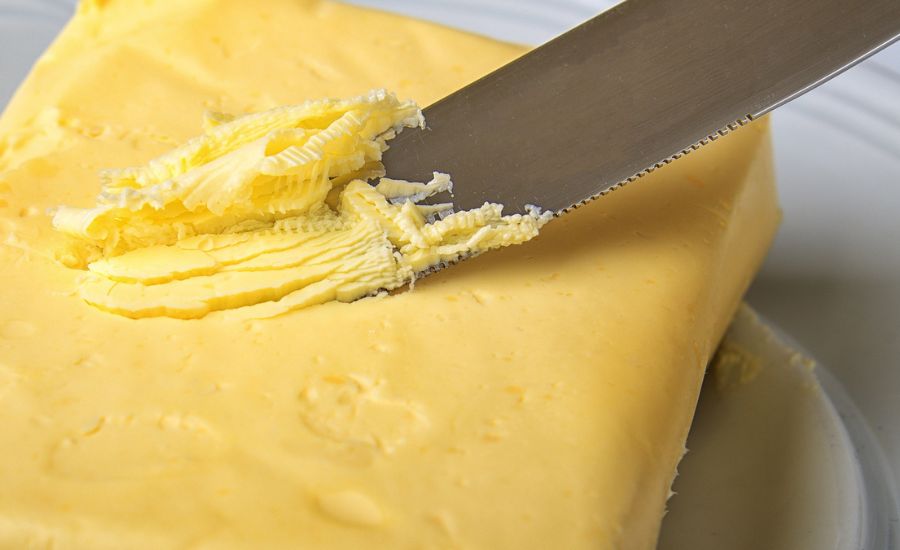
The master butter knife design is intentional, promoting ease of use in tasks that require finesse rather than force.
Dinner knives have longer handles to provide a comfortable grip, allowing for effective cutting and slicing during the main course.
The design of dinner knives accommodates the varied motions involved in cutting through meats or other main course dishes, ensuring a confident and enjoyable dining experience. The ergonomic handle design also considers the need for stability, enhancing the overall functionality of the dinner knife.
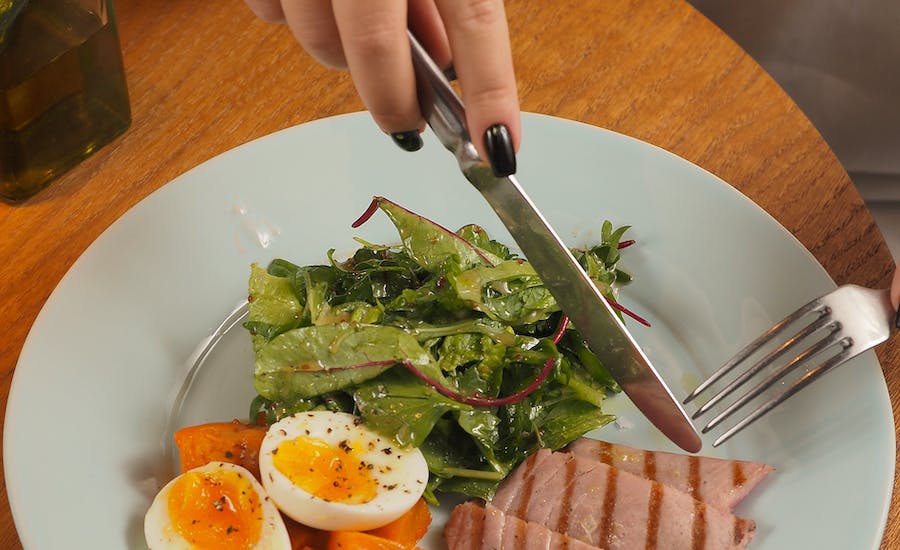
Dining Etiquette
Master butter knife etiquette. While using a master butter knife, it’s considered polite to take a small amount of butter from the communal main butter dish onto your bread plate before spreading it.
Placing the butter on your dedicated bread plate adds an extra layer of consideration to the communal dining experience, promoting a harmonious atmosphere during the meal.
Dinner knife etiquette. Hold your dinner knife with a gentle grip, using a precise cutting motion to gracefully navigate your meal. Between bites, rest the knife on the edge of your plate, signaling a momentary pause in the gastronomic performance.

Make your decision: butter knife vs dinner knife
When deciding between a butter knife and a dinner knife, certain considerations come into play. Let’s explore these aspects to guide your choice and enhance your dining experience
Identify the Purpose
When you’re spreading butter on squashy items, a master butter knife is the appropriate choice. For cutting meat, vegetables, or other substantial food items, a dinner knife is more suitable.

Consider the Meal Setting
Think about the formality of the meal. Butter knives are commonly used in more casual settings, such as breakfast or lunch, where spreading butter and other spreads is a common task. Dinner knives are often reserved for more formal occasions and are usually a better option for serving on the dinner table.
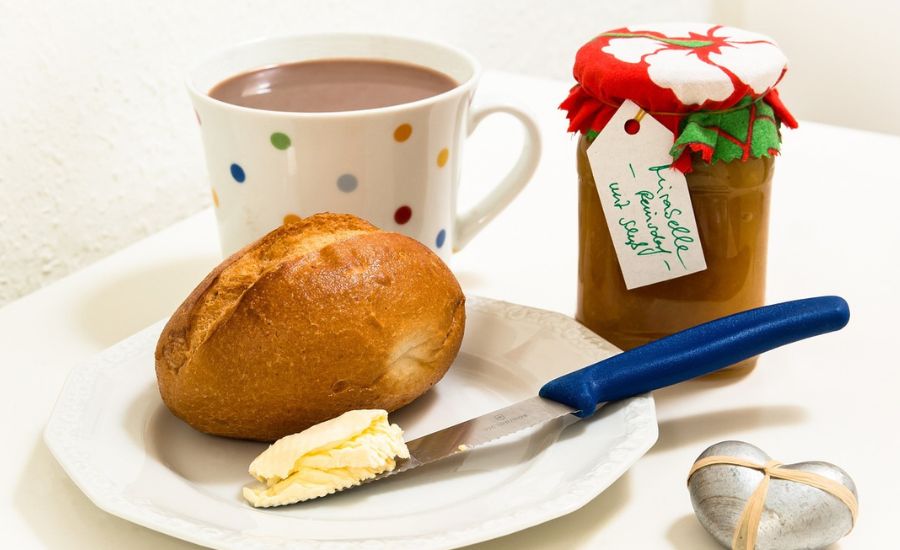
Think About Family Preferences
Consider the preferences of your household, especially at the dinner table. If you have young children, a butter knife may be a safer option for them to use. Understanding the preferences of those you share meals with can contribute to a more harmonious dining experience.

Adapt to Cultural Norms
In some cultures, specific knives may be traditionally used for certain types of food or meals. Consider cultural norms and traditions that may influence your choice of knife in everyday dining.
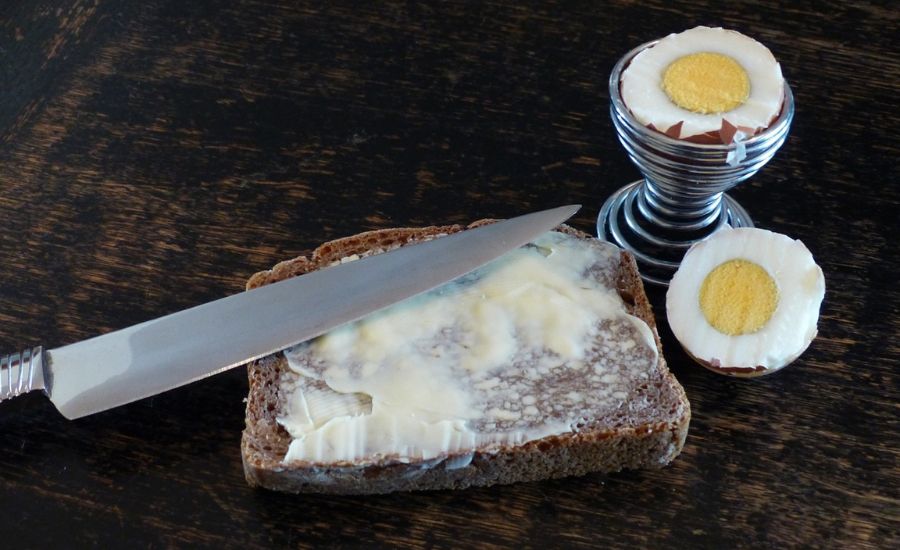
Experiment and Learn
Taking the opportunity to experiment with different table knives and learn their strengths and limitations, you will choose the right knife and butter spreader.
You can find yourself discovering other types of knives, including specialized ones such as the steak knife or fish knife.
Steak knives, for instance, are designed with a serrated edge to effortlessly cut through cooked meats. Understanding the unique features of different knife types will make your everyday culinary experiences more efficient and enjoyable.
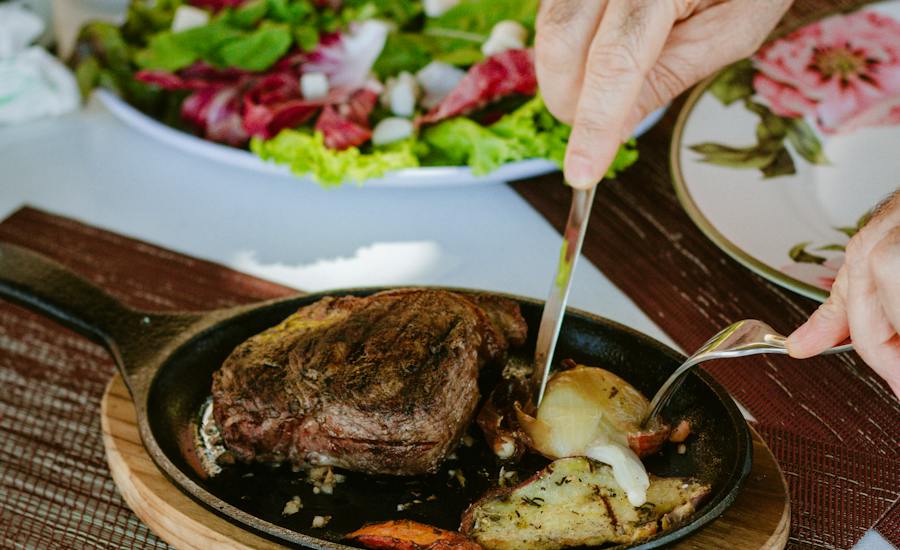
FAQ
You may find yourself pondering various questions regarding butter knives and dinner knives. To address these common queries, we’ve compiled a list of frequently asked questions.
Is a dinner knife the same as a butter knife?
Certainly, a dinner knife differs from a butter knife. While a dinner knife is designed for basic cutting purposes, often featuring a straight edge, a butter knife specializes in spreading butter. Typically positioned on the bread plate or beside the butter dish, this kitchen knife caters to the specific requirement of spreading rather than cutting.
What is the difference between a table knife and a dinner knife?
The terms “table knife” and “dinner knife” are often used interchangeably, referring to a versatile utensil used for general dining purposes. The choice between them is largely a matter of personal preference, with both being suitable for cutting on a dinner plate.
Why use a butter knife?
The purpose of a butter knife is to elegantly spread butter from a designated butter plate, to facilitate a smooth spreading process without tearing the bread, ensuring a more enjoyable dining experience.
Can butter knives be serrated?
Yes, butter knives can be either serrated or straight-edged, depending on the design of the cutlery set.
The final slice: conclusion on butter knife vs dinner knife
Understanding the nuances between the butter spreader and dinner knife is essential for refining your table etiquette and ensuring you choose the right utensil for the specific task at hand.
From the main butter dish to the dinner plate, having the right knife, be it a basic cutting tool or a specialized kitchen knife for certain foods, adds a touch of precision to your meals.

